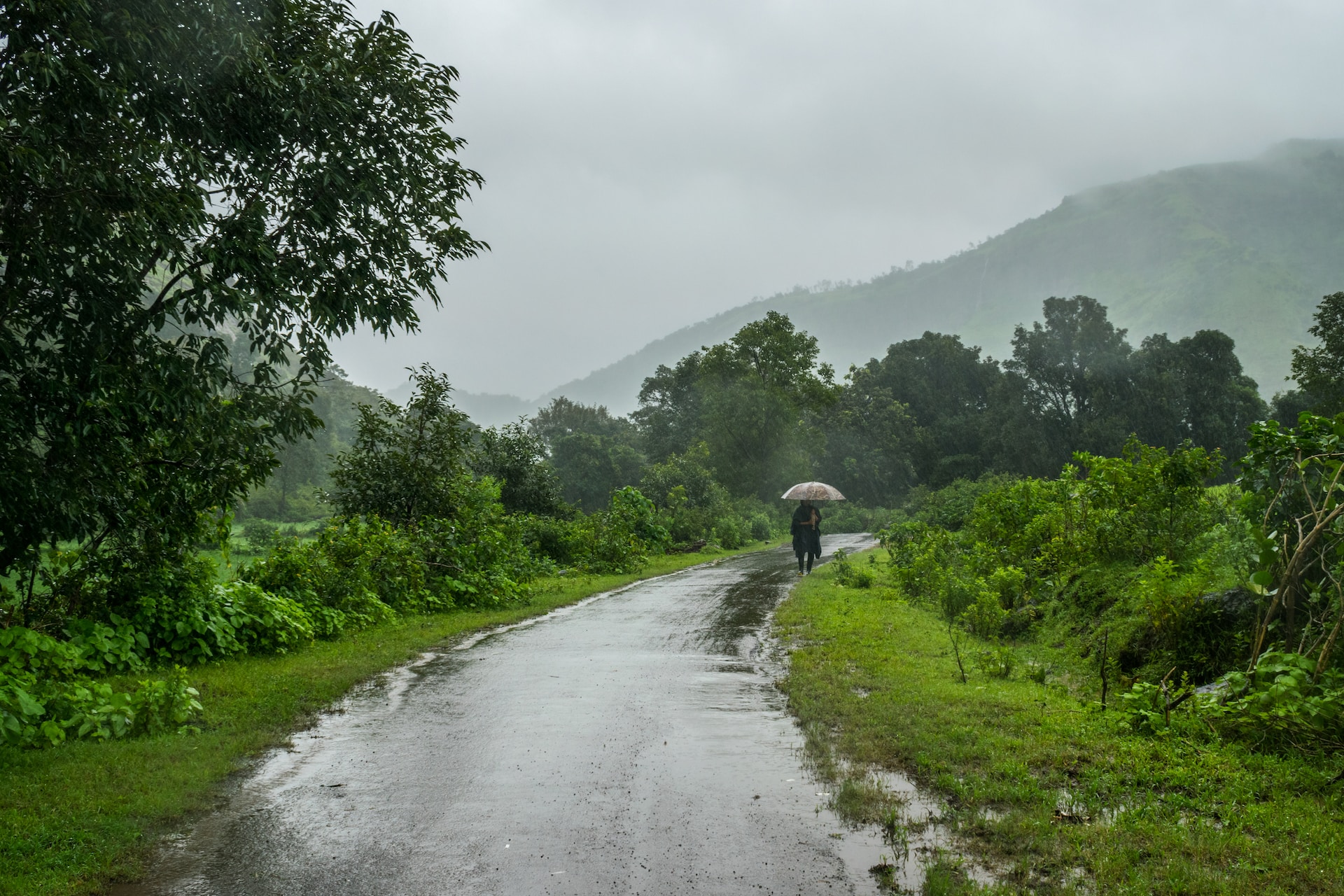NEW DELHI: With a cyclonic circulation approaching Odisha from the Bay of Bengal, the monsoon has entered an active phase, promising widespread rainfall across southern, central, and northern regions over the next five to seven days.
The Indian Meteorological Department (IMD) stated that the nationwide rainfall deficit for the month of June, currently at 28% below normal as of June 25, is expected to gradually diminish in the upcoming week. The weather agency also mentioned that the weather system is likely to extend its influence to encompass more areas in Gujarat, Rajasthan, Haryana, Punjab, and the entirety of Jammu and Kashmir within the next two days.
According to IMD officials, the last occurrence of simultaneous monsoon arrival in both Delhi and Mumbai was on June 21, 1961. Typically, the monsoon reaches Mumbai 16 days before advancing northward to Delhi. However, this year, due to specific circumstances, the onset was weak over Kerala, and the Arabian Sea branch of the monsoon, which usually progresses into western India, remained sluggish.
D. Sivananda Pai, a senior IMD scientist, explained, “The Arabian Sea arm remained weak due to cyclone Biparjoy, which drew away moisture from the system. Simultaneously, the remnants of the cyclone remained active as a low-pressure system over Uttar Pradesh and Madhya Pradesh for several days, causing the Bay of Bengal branch to shift towards the region.”
In recent days, the monsoon had been gradually advancing into eastern and northern India from the Bay of Bengal, while the Arabian Sea branch remained stagnant. However, the situation changed in the past couple of days with the formation of a cyclonic system over the northwest Bay of Bengal.
IMD Director-General Mrutyunjay Mohapatra explained, “This disturbance is anticipated to enter Odisha as a low-pressure system and has revitalized the monsoon from both ends. We expect active monsoon conditions to persist for the next five to seven days.”
The strengthening of the monsoon comes at a time when rainfall across the country in June has been deficient. Apart from Gujarat and some parts of northern India that experienced the impact of cyclone Biparjoy and its remnants, along with Assam and Meghalaya in the northeast, the country is facing a substantial rainfall deficit.
The met office predicts that the weather system will extend its coverage to more areas in Gujarat, Rajasthan, Haryana, Punjab, and the entire Jammu and Kashmir region within the next two days.
IMD officials noted that the last simultaneous arrival of the monsoon in Delhi and Mumbai was observed in 1961. Typically, Mumbai receives the monsoon 16 days ahead of Delhi. However, this year, due to specific conditions, the onset over Kerala was weak, and the Arabian Sea branch of the monsoon, which progresses into western India, remained sluggish.
“The Arabian Sea arm weakened due to cyclone Biparjoy, which depleted moisture from the system. Simultaneously, the remnants of the cyclone remained active as a low-pressure system over Uttar Pradesh and Madhya Pradesh for several days, redirecting the Bay of Bengal arm towards the region,” explained IMD scientist D. Sivananda Pai.
In recent days, the monsoon has been gradually advancing into eastern and northern India from the Bay of Bengal, while the Arabian Sea arm remained stationary. However, this situation changed in the last few days with the formation of a cyclonic system over the northwest Bay of Bengal.
“This disturbance is expected to enter Odisha as a low-pressure system and has invigorated the monsoon from both ends,” stated IMD chief Mrutyunjay Mohapatra. “We anticipate active monsoon conditions to persist for the next five to seven days.”
The strengthening of the monsoon comes at a time when rainfall across the country in June has been inadequate. Except for Gujarat and some parts of northern India that experienced the impact of cyclone Biparjoy – along with Assam and Meghalaya in the northeast – there is a significant rainfall deficit in the country.

